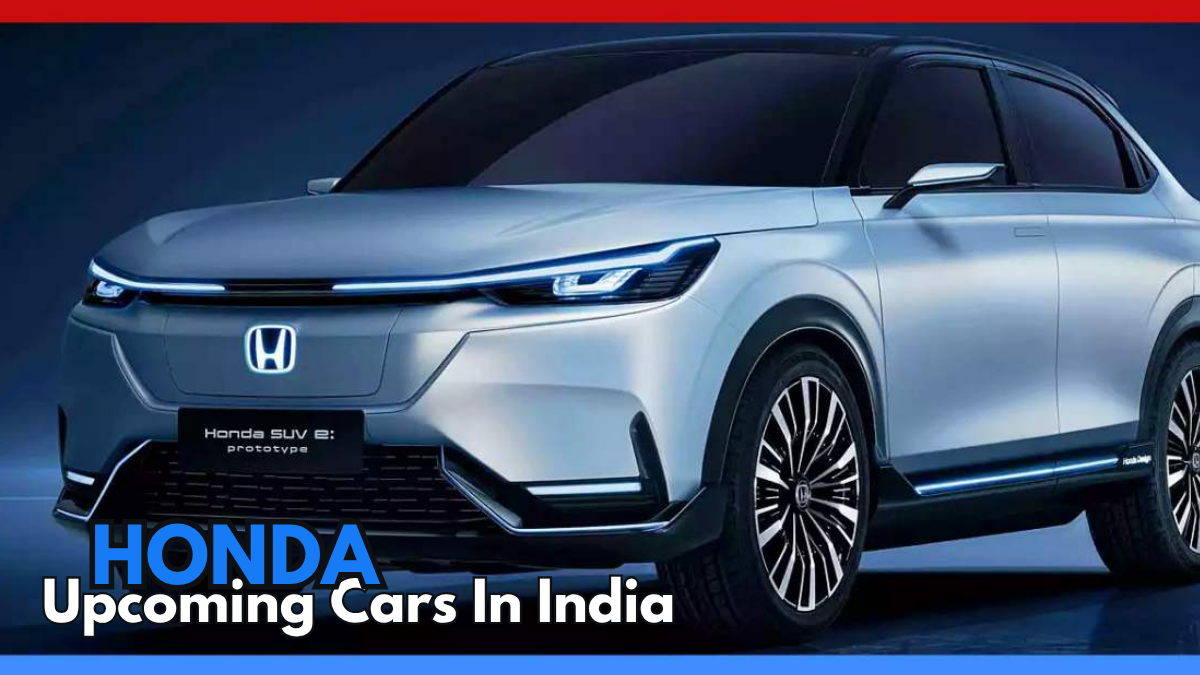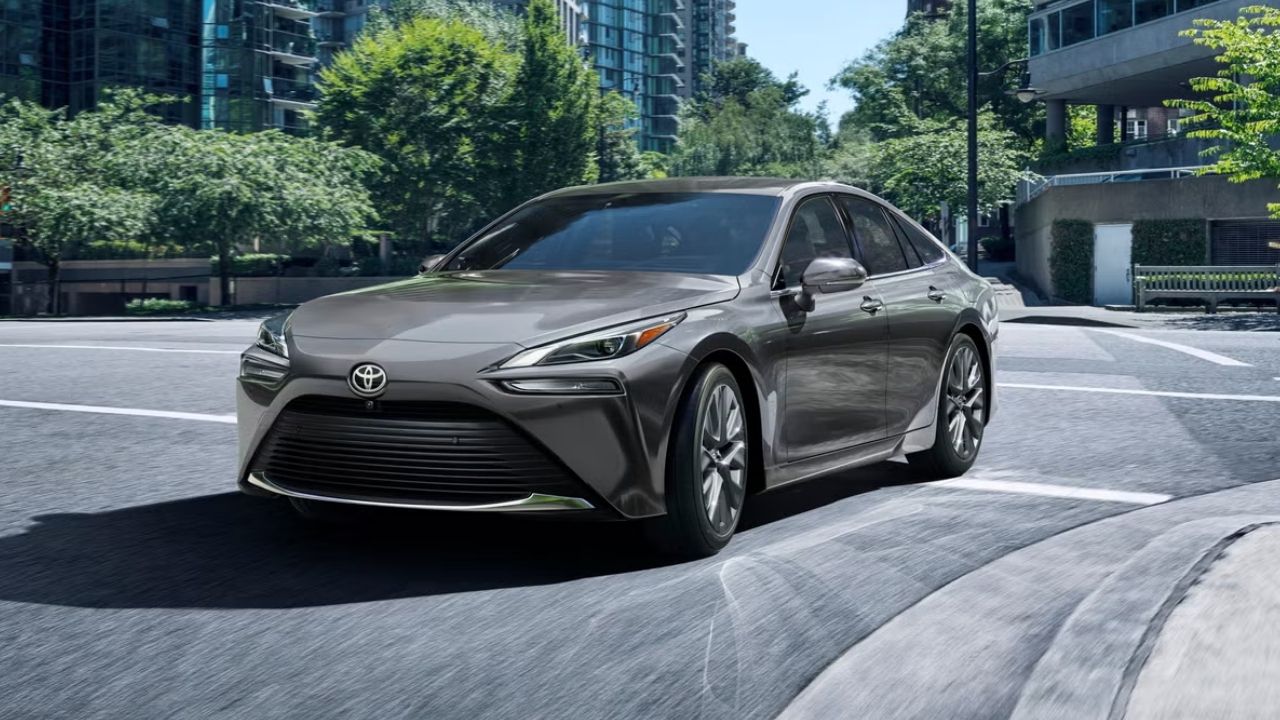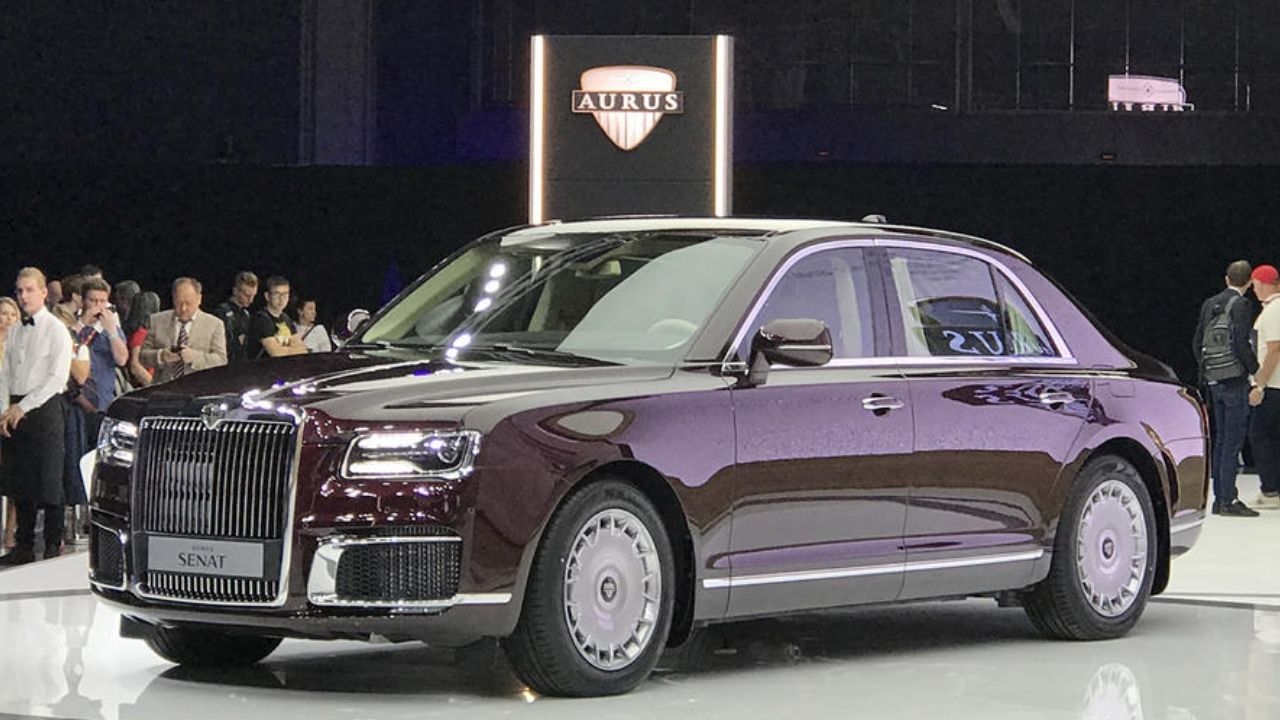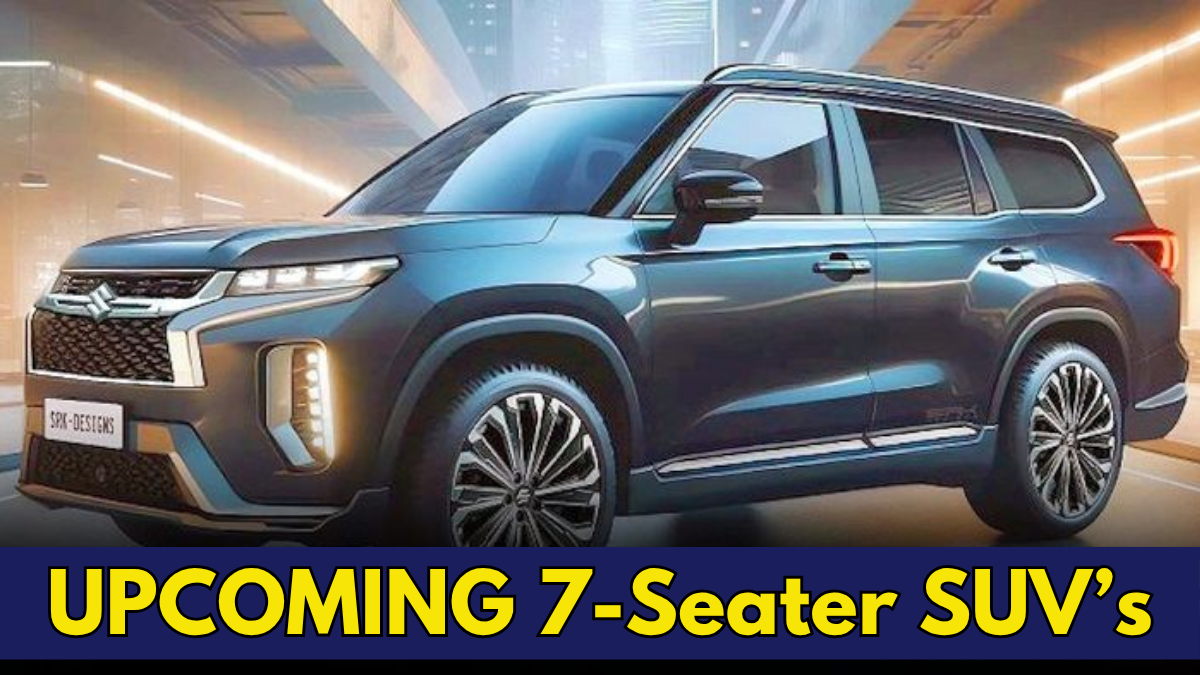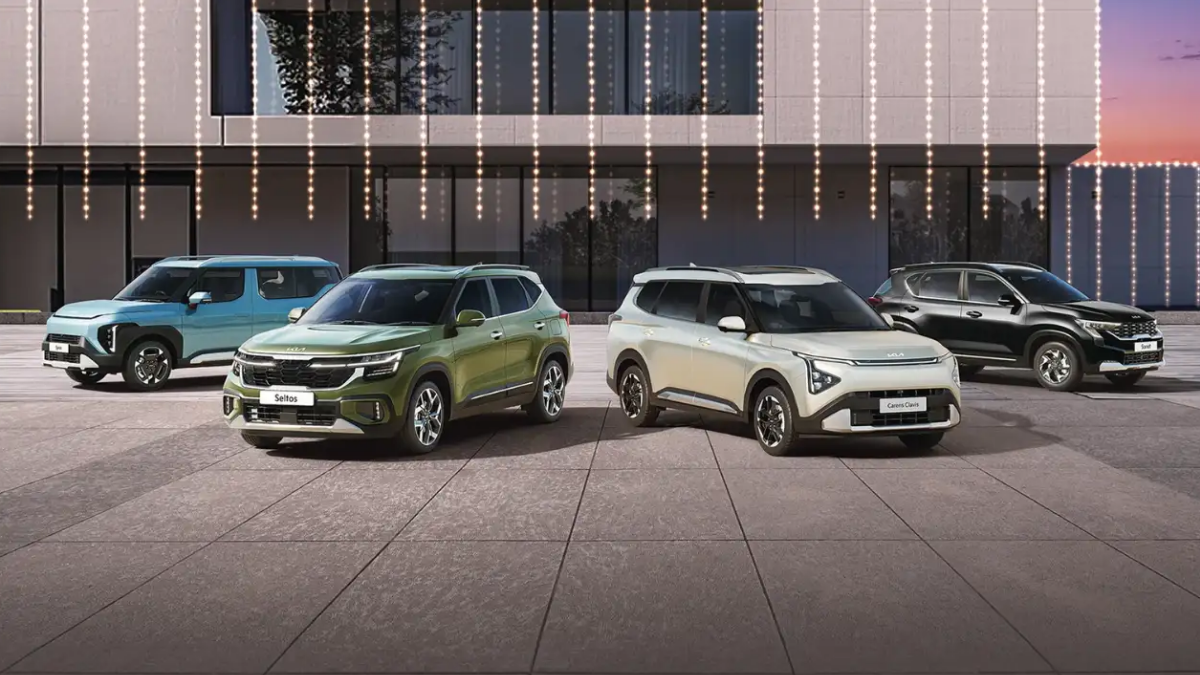Honda Motor Company has outlined an ambitious India playbook that extends to 2030. The brand will introduce at least 10 new passenger vehicles for the domestic market, with a decisive tilt toward sport utility vehicles. Seven brand new SUVs are part of this roadmap. The intent is clear. Honda wants a steady cadence of launches that restore showroom excitement, widen its addressable market, and rebuild share in segments where demand has shifted rapidly toward SUVs.
At present, Honda’s mainstream footprint rests on three models. Elevate in the mid size SUV space, plus the City and Amaze sedans. While both sedans still carry strong name recognition, the market has pivoted to crossovers and SUVs. That is where rivals have multiplied their presence and where Honda now plans to meet customers with a fuller range.
Why Honda Is Ramping Up Now
The last few years saw the Indian market transform around SUV body styles across budget, mid size, and premium tiers. Honda’s sedan led portfolio limited its reach and slowed showroom traffic. As a result, share slipped in key metro and non metro regions. The new plan directly addresses this gap.
Honda’s management has identified India as a top priority growth market through the end of the decade. A dedicated project team is tasked with accelerating product planning, sourcing, and localization. The brand is working to shorten development loops, standardize modules across platforms, and leverage existing supplier ecosystems so that more nameplates can be brought to market on time and on cost.
Quick Summary
| Item | Details |
|---|---|
| Total launches by 2030 | 10 or more new Honda cars for India |
| SUV focus | 7 new SUVs planned to match Indian demand |
| Hero product | 0 Series α SUV with India manufacturing and exports |
| Current lineup context | Elevate SUV, City sedan, Amaze sedan |
| Strategic aim | Regain market share with wider portfolio and faster model cycles |
| India role | Product development hub and export base for select models |
| Competitor set | Maruti Suzuki, Toyota, Hyundai, Kia, and others in volume and premium mainstream segments |
| Probable rollout window | First new nameplates start by mid decade with cadence through 2030 |
| What to expect | Mix of global SUVs and India specific models with upgraded safety, connectivity, and powertrain choices |
| Official site | https://www.hondacarindia.com |
The SUV Core: Seven Nameplates Across Sizes and Use Cases
The centerpiece of the roadmap is a family of seven SUVs. Expect a spread that covers compact urban crossovers, core mid size offerings, and higher riding premium entries with stronger tech and safety. A portion of the range will be global models adapted for India. Others will be India first projects tuned around local tastes, fuel types, feature priorities, and price walk.
This split approach lets Honda reuse proven global architectures where scale matters while still leaving room for India specific dashboards, features, and variant ladders. The practical outcome for buyers is more choice at incremental price steps rather than large jumps.
Flagship of the Plan: 0 Series α SUV
The 0 Series α SUV is the headline act. Honda has indicated that this model will blend fresh architecture with selective component sharing from the Elevate to balance innovation and cost. The idea is to package a modern interior with an updated electronics backbone while leaning on known parts for reliability and serviceability.
Crucially, the 0 Series α SUV will be built in India. The same line will support exports to Japan and other Asian markets. That elevates India from only an end market to a production and technology base for the region. For customers, this usually translates into better spare part availability, stronger technician familiarity, and faster software or feature updates during the model’s life.
What Customers Can Expect in Features and Technology
Honda understands that India buyers now choose on features as much as powertrain. The upcoming SUVs are expected to prioritize the following areas.
- Safety and ADAS
Wider availability of six airbags, improved body structures, and advanced driver assistance on higher trims. Systems such as adaptive cruise control, lane keeping assist, and blind spot alerts are likely to feature where segment pricing allows. - Infotainment and connectivity
Larger touchscreens, clear instrument clusters, wireless phone integration, and connected car services for vehicle status, remote lock and unlock, and live navigation updates. - Powertrains with efficiency
Multiple fuel options are possible, including petrol with smart transmission pairings. Honda will focus on calibration for city driveability and highway efficiency. Electrified routes can be added over time depending on policy, infrastructure, and customer demand. - Cabin practicality
Optimized seating, multiple charging ports, clever storage, rear seat comfort, and efficient air conditioning tuned for hot climates.
How Honda Plans to Compete
India’s mid size SUV segment is intensely contested by Maruti Suzuki, Toyota, Hyundai, and Kia. Honda’s playbook is to bring disciplined variant planning and quality centric engineering to the same turf. Key levers include localization for price efficiency, common modules across multiple models, and stronger dealer processes for test drives, finance, and service.
The brand will also lean on its reputation for smooth engines, light controls, and long term reliability. If that is paired with a modern feature stack and competitive pricing, the vehicles can win consideration from family buyers and urban professionals who currently default to segment leaders.
India as a Development and Export Hub
Manufacturing the 0 Series α SUV in India and exporting to Japan and other Asian markets signals a structural shift. Plants, suppliers, and engineers here will have a greater say in packaging and production decisions. That improves feedback loops between customer pain points and engineering fixes. Over time, the same foundation can support more models, facelifts, and technology upgrades without starting from scratch.
Timeline and Cadence to 2030
Honda’s new cars will not arrive all at once. The strategy is to spread launches across the second half of the decade. Expect one or two fresh nameplates to appear and then follow with facelifts and variant updates to maintain momentum. This pacing keeps marketing spends efficient and gives dealerships a rhythm that customers can anticipate.
What This Means for Indian Buyers
Shoppers will see a wider net of Honda options across budgets. If you want an everyday city crossover, there will be a trim with the essentials and a reachable price. If you want a loaded family SUV with premium cabin materials and driver assistance, a higher variant will deliver that set. Sedans will remain part of the range for those who prefer a low set driving position and long distance comfort.
For ownership, the expanded portfolio should strengthen used car values and improve parts availability across regions. After sales programs can scale more effectively once the park size grows.
Frequently Asked Questions
1. How many new Honda cars are planned for India by 2030
Honda has targeted at least 10 new passenger vehicles for India through 2030.
2. How many of these will be SUVs
Seven new SUVs are part of the roadmap in order to meet the shift in customer demand.
3. What is special about the 0 Series α SUV
It will combine new architecture with selective component sharing from Elevate, be manufactured in India, and be exported to other Asian markets including Japan.
4. Will Honda still sell sedans
Yes. Honda plans to keep City and Amaze in the mix while building a much wider SUV range to match market demand.
5. When will the first of these new models arrive
The rollout begins in the mid decade window and continues in phases through 2030, with detailed timelines to be revealed closer to each launch.
Conclusion
By committing to at least 10 new models by 2030 with seven SUVs at the core, Honda is repositioning itself for the next growth cycle in India. The 0 Series α SUV built in India for local customers and for exports stands as the symbol of this shift. A broader range, better feature coverage, and a faster update rhythm can put Honda back in more buyer shortlists. If execution matches intent, the brand will regain relevance in the country’s most dynamic segments.
Official Website
https://www.hondacarindia.com
For More Information Click HERE
